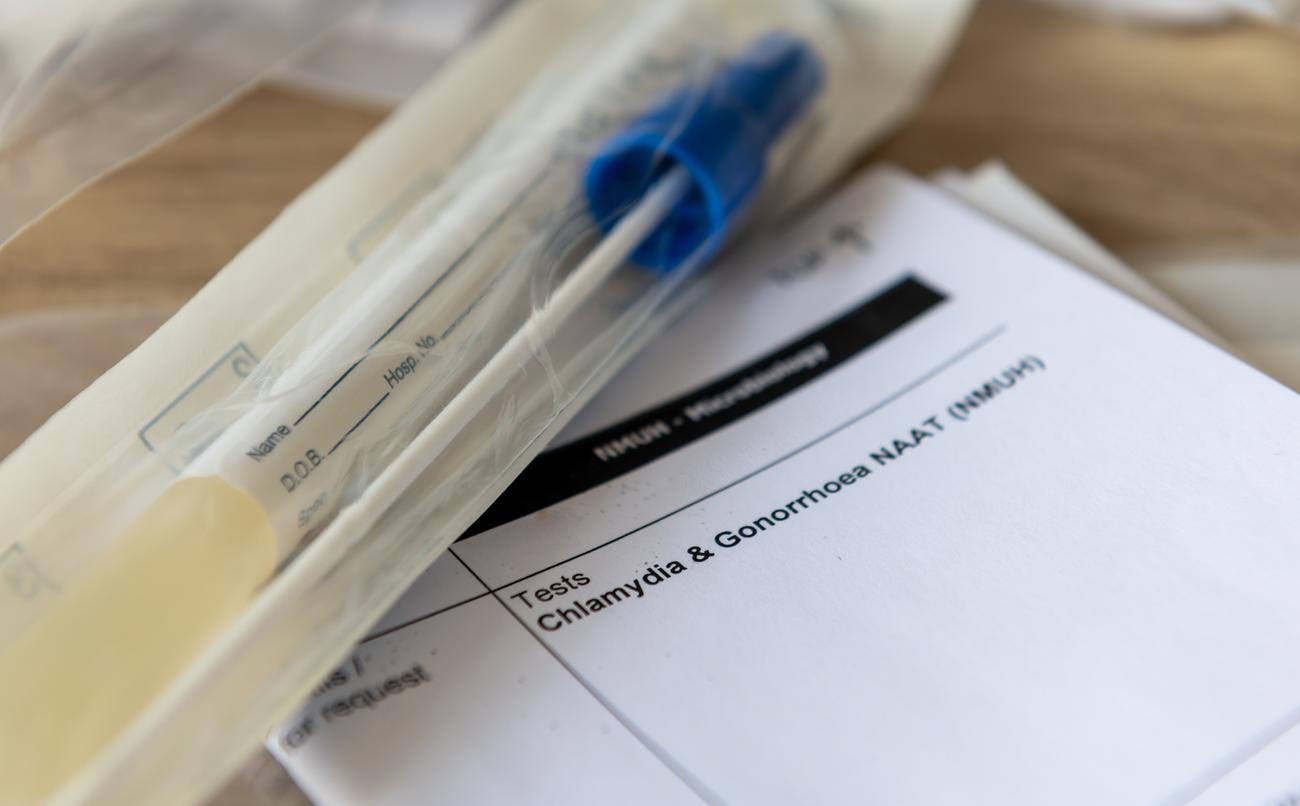Last October, a new Sport & Cancer Center was inaugurated at the Institut de cancérologie de l’Ouest, in Nantes. And by the end of 2018, no less than five other structures of the same kind will see the light of day. “The goal is to get patients to do physical activity in addition to their treatment, to better fight their disease,” explains Jean-Marc Descotes, co-founder of the Cami Sport & Cancer association. Indeed, more and more studies confirm it: in addition to its preventive action against certain diseases, exercise can have remarkable therapeutic virtues. And not just for cancer.
What is the purpose of “medical” physical activity?
It’s very different from sports. We are not here in the search for performance, even less in the competition. It is to improve the health of patients that physical activity is encouraged by doctors. In most cases, patients derive benefit from regular physical activity. “It’s especially helpful for people with diabetes or cardiovascular disease, if high blood pressureor after a heart attack,” explains Professor Martine Duclos, endocrinologist. But not only: “This effectiveness is also well demonstrated for depression, anxiety and fibromyalgia (diffuse pain throughout the body)”, underlines Dr. Stéphanie Ranque, doctor at the Pain Assessment and Treatment Center of the Timone hospital (Marseille).
What can we expect?
Physical activity can reduce the symptoms of the disease, slow down its progression, reduce the risk of complications, prevent recurrences and therefore reduce the risk of mortality linked to the disease. It can also limit the side effects of treatments, including fatigue and drowsiness, as well as symptoms resulting from bed rest such as depression, muscle wasting or back pain. Finally, exercise contributes to emotional well-being. Hence a better overall quality of life.
For cardiovascular diseases, is it a full-fledged treatment?
“Physical activity is an integral part of the treatment of coronary diseases (angina pectoris, heart attack…), heart failure and arteritis of the lower limbs (obstruction of the arteries of the legs)”, emphasizes Pr François Carré, cardiologist at the University Hospital of Rennes. Studies have shown that it reduces heart rateregulates the arterial pressure and promotes dilation of the arteries. This slows the progress of cardiovascular illnesses and reduces the mortality rate linked to these pathologies by 30% on average. In case of arteritis and heart failure, after a stroke (cerebrovascular accident), it improves daily life.
And in the case of cancers?
Physical activity decreases cancer relapse and death rates by an average of 40-50%. “It is well demonstrated for the breast cancerfrom colon and some prostate. However, this is probably also true for other cancers, with the exception of those linked to tobacco (lung and ENT)”, specifies Dr Thierry Bouillet, oncologist. Exercise also reduces cancer- and treatment-related fatigue by an average of 20-40%. “It is even the only validated treatment for fatigue,” insists the specialist. And that’s not all! “Exercise significantly improves other elements of life that are highly impacted by cancer, such as how the patient sees himself in life, how he interacts with others and with his body, as well as self-esteem. . »
What about diabetes and obesity?
In type 2 diabetes, exercise lowers blood sugar (blood sugar). “Which can make it possible to stop the treatment when the disease is of recent onset; and to lower the doses of medication in the case of older diabetes,” says Dr. Duclos. In the long term, physical activity reduces the risk of developing serious complications: kidney failure, damage to the nerves of the legs, blindness… The mortality rate linked to diabetes is thus reduced by 10 to 20%. In obesity, “Physical activity also reduces the risk of the occurrence of complications associated with this pathology, such as cardiovascular disease (-30%) and cancer (-25%)”, summarizes Dr. Duclos.
In practice, how does it work?
The sessions are supervised by health professionals or professionals trained in therapeutic physical activity. This is prescribed after a complete check-up and must be adapted to the disease, the physical capacities, but also to the safety and tastes of the patient. “For example, a person who made a stroke may be limited to a few minutes of brisk walking. On the other hand, a seasoned cyclist who has suffered a heart attack can resume cycling as before, ”says Professor Carré. On average, count at least two or three sessions per week of 30 minutes or more, for at least 6 months, the ideal being to continue for life. The sessions can be covered by Social Security if they are supervised in medical structures, such as a hospital.
GPs can prescribe it too!
Any attending physician can prescribe a physical activity adapted to his patients suffering from a long-term condition: Cancer, heart failure, Type 2 diabetes… If the patient does not show any significant impairment of his abilities (deep deafness, crippling fatigue, impaired brain function, etc.), he can take classes in a classic fitness room or with an individual coach. To note : even on prescription, the sessions are not reimbursed…
Hospitals offering therapeutic “sport”
for cancer
Pitié-Salpêtrière Hospital (75), Avicenne Hospital in Bobigny (93), Oncopôle in Toulouse (31), Oscar-Lambret Center in Lille (59), University Hospital of Clermont-Ferrand (63)… www.sportetcancer.com
For obesity and diabetes
University Hospital of Clermont-Ferrand. www.chu-clermontferrand.fr
For cardiovascular and chronic respiratory diseases
Rennes University Hospital, bretagne-sport-sante.fr. Online Directory of Cardiac Rehabilitation Centers: sfcardio.fr
For fibromyalgia
Pain assessment and treatment center (Timone hospital, Marseille). en.ap-hm.fr
For more information, consult the ARS (Regional Health Agency) website: www.ars.sante.fr (select the region of your choice).
Our Experts
Pr Martine Duclos endocrinologist and head of the sports medicine department at Clermont-Ferrand University Hospital, scientific director of ONAPS
Dr Thierry Bouillet oncologist at the Avicenne Hospital (Bobigny) and at the American Hospital of Paris (Neuilly-sur-Seine)
Read also:
Sports prescriptions well followed by the French
Prescription walking for diabetics
Long-term conditions: sports on prescription


















